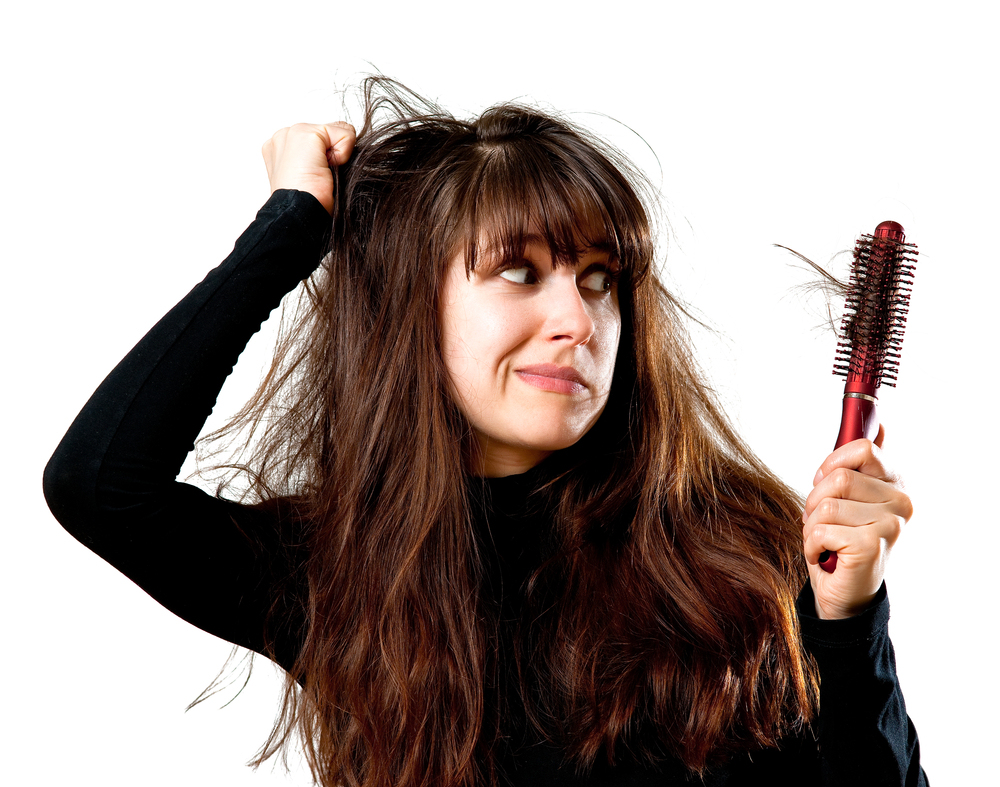When it comes to personal care routines, we often pay meticulous attention to skincare and hair treatments, yet one pivotal tool remains neglected: the hairbrush. Understanding the longevity and maintenance of this often overlooked artifact is crucial for both hygiene and hair health. This article uncovers the nuances of hairbrush replacement, introducing a new perspective on an element of personal grooming that many may take for granted.
1. The Great Divide: Quality Over Quantity
The frequency with which one should replace their hairbrush is contingent upon the type and quality of the brush itself. A high-quality, well-crafted brush can last significantly longer than a mass-produced counterpart. Consider investing in brushes made from natural materials—like boar bristles or wooden handles—as they tend to possess greater durability and efficacy compared to plastic options. Scrutinizing the craftsmanship provides insight into how often replacements should be considered.
2. The Visibility Factor: Signs of Wear and Tear
How often do you inspect your brush? Over time, a multitude of factors contribute to the degradation of your hairbrush. Detrimental signs include visible wear on bristles, a malfunctioning or broken base, and an accumulation of hair, dust, and other detritus that stubbornly clings to the bristles. If your brush is loosing hairs or the bristles have warped, it’s a clear indication that it’s time for an upgrade. Regularly assessing your brush can extend its life, but be vigilant; some signs of deterioration are not always immediately apparent.
3. Hair Health: The Unseen Consequences
Many may underestimate the implications of using an old or damaged hairbrush. The brush acts as a conduit for transferring oils and dirt into hair strands. A frayed brush may inadvertently cause breakage or exacerbate tangling. Moreover, a brush teeming with bygone hair players may become a breeding ground for bacteria or scalp ailments, including fungal infections, that pose a threat to scalp health. Replacing your brush not only enhances its aesthetic appeal but also safeguards the vibrancy of your hair.
4. Frequency: Establishing a Replacement Schedule
So, how often should you replace your hairbrush? A general consensus suggests that brushes should be replaced every six months to a year, but this can fluctuate based on usage frequency, hair type, and maintenance practices. If you find yourself brushing your hair daily, or if your hair is particularly thick or textured, consider shortening that timeline. Conversely, if your brush is used sparingly, you might stretch it beyond a year. A personalized approach empowers you to consider both your habits and the unique demands of your hair.
5. The Care Factor: Maintenance Practices
To prolong the life of your brush, regular maintenance is non-negotiable. Begin by removing tangled hair after each use. Using a pair of scissors can facilitate the removal of stubborn strands without inflicting damage to the brush. Additionally, cleaning the brush every few weeks with warm, soapy water can minimize the accumulation of dirt and oils. A soft-bristle toothbrush can be particularly effective for scrubbing between bristles. Maintain a routine and your brush may just surpass its expected lifespan.
6. The Evolution of the Hairbrush
The hairbrush has evolved remarkably over the years, with innovations designed to cater to varied hair types and styling needs. From detangling brushes made to glide seamlessly through curly hair to round brushes that assist in achieving voluminous blowouts, the market is rife with choices. Exploring different styles can potentially lead to a brush that works harmoniously with your hair, minimizing wear and tear and enhancing your overall grooming experience.
7. Eco-Conscious Considerations
In a world increasingly conscious of environmental impacts, consider the materials of your brushes. Investing in sustainably sourced products not only aids in your grooming routine but also contributes positively to the planet. Look for brands that prioritize eco-friendly materials and manufacturing processes. When it does come time to replace your brush, seek options that ensure minimal environmental impact, such as recyclable materials or biodegradable components.
8. The Personal Touch: Finding the Right Brush for You
Choosing the right brush is as critical as understanding when to replace it. Factors such as hair type, length, and health should influence your selection. Rectangular or square brushes are recommended for straight hair, while round brushes tend to be beneficial for styling and adding volume. Moreover, consider your individual styling habits; some may require a combination of brushes to cater to every need. Tailoring your brush collection is an integral part of ensuring optimal hair health and appearance.
9. Conclusion: Embrace the Change
The hairbrush, often dismissed as an interchangeable object, holds a weighty significance in the landscape of personal care. By comprehensively understanding when to replace your brush and recognizing the signs of wear, not only do you enhance your grooming ritual, but you also invest in the overall health of your hair. Take charge of your options: cleaner brushes lead to healthier hair, and a simple shift in perspective can invigorate your personal grooming journey. Embrace the necessity of transformation, both in your brushes and your hair health.

